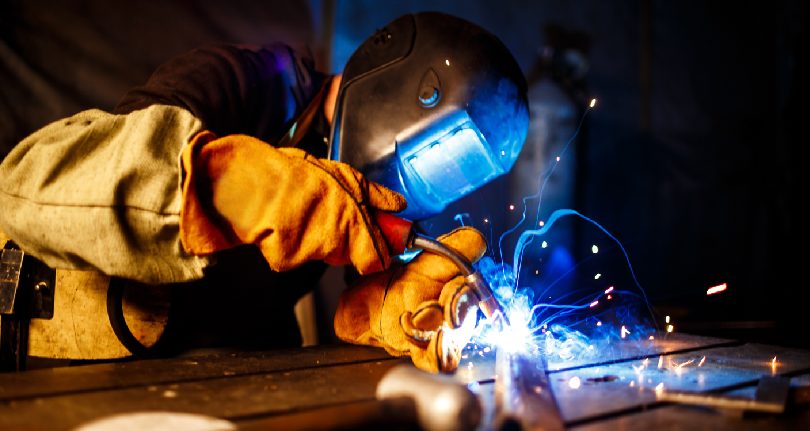Electric vehicles (EVs) have become a progressively popular possibility for consumers in contemporary years, with more and more car manufacturers introducing electric models to their lineups. However, as with any new technology, there are still some challenges to be overcome. One of the key challenges facing the EV industry is the development of reliable, efficient, and cost-effective welding solutions for the production of batteries and other components. Laser welding is one solution that researchers are exploring, with promising results.
What is laser welding?
Laser welding refers to the process of using a concentrated beam of light to melt and fuse materials. This welding method is highly accurate and can be employed to weld various materials such as plastics and metals. The key advantage of laser welding lies in its ability to join thin materials with minimal heat input, making it an ideal option for welding delicate components. Additionally, laser welding significantly reduces the risk of warping or distortion of materials, thus ensuring that the welded components maintain their original shape and integrity.
Why is laser welding important for EVs?
The battery is a crucial fragment of an electric vehicle, and it typically consists of numerous individual cells that must be connected to form a unified battery pack. To accomplish this, welding is utilised. The purpose of welding is to fuse the cells together and establish a robust and dependable connection that can withstand the high current and voltage that electric vehicles require. In the past, traditional methods like resistance welding were employed to join the battery cells, but they had several drawbacks, such as being slow, imprecise, and possibly damaging to the cells. Laser welding, on the other hand, is a superior alternative to traditional welding methods due to its speed, precision, and ability to join dissimilar materials. As a result, it is an excellent solution for producing EV batteries and other components.
Research into laser welding for EVs
The potential of laser welding for electric vehicle (EV) production is currently being explored by researchers worldwide. At Osaka University in Japan, researchers have developed a novel laser welding method that can simultaneously weld multiple battery cells. This method surpasses traditional resistance welding methods in speed and efficiency, leading to lower production costs for EV batteries. In the United States, the University of Michigan is developing a laser welding system that can join dissimilar materials, such as aluminium and copper, which are commonly used in different parts of EVs. The ability to fuse these materials using laser welding would enable more efficient and cost-effective EV production.
Dynotech is an ideal laser enterprise for laser EV solutions due to its extensive experience in the sector, allegiance to innovation, and commitment to customer satisfaction. The company has a proven track record of providing high-quality laser solutions for a variety of industries, including automotive and battery production. Its advanced laser technologies, such as the fibre laser, offer numerous advantages over traditional welding methods, such as faster processing times, increased precision, and the ability to join dissimilar materials. Furthermore, Dynotech’s focus on customization and collaboration ensures that each customer’s unique needs and requirements are met. Overall, Dynotech’s expertise, innovation, and customer-centric approach make it the top choice for businesses seeking state-of-the-art laser solutions for their EV production needs.

